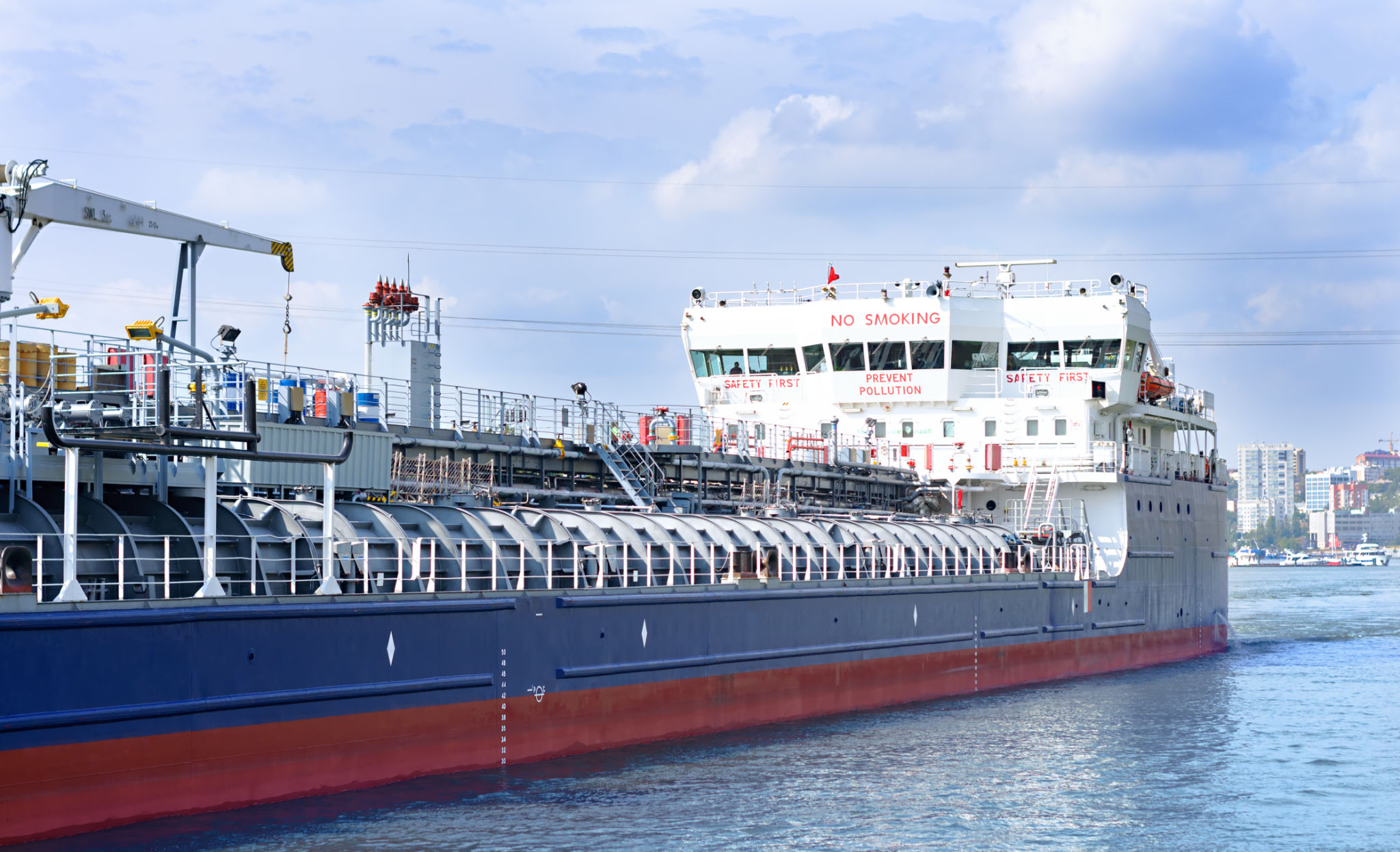Comprehensive Guide to Liquid Nitrogen Distribution: What You Need to Know
Liquid nitrogen is an essential component in various industries, from food preservation to pharmaceuticals. Its extremely low temperature and inert properties make it ideal for applications requiring rapid cooling or low-temperature environments. Understanding how liquid nitrogen is distributed is crucial for businesses that rely on its unique capabilities.

Understanding Liquid Nitrogen
Liquid nitrogen, a cryogenic fluid, is the liquefied form of nitrogen gas. It is colorless, odorless, and extremely cold, with a boiling point of -196°C. These properties allow it to quickly freeze materials and maintain low temperatures for extended periods. Due to its nature, handling and distributing liquid nitrogen require specialized equipment and safety precautions.
The Importance of Distribution
The distribution of liquid nitrogen involves transporting it from production facilities to end-users. This process ensures a consistent supply for industries that rely on its cooling properties. Efficient distribution systems are vital to maintain the quality and safety of liquid nitrogen throughout its journey.
Types of Distribution Systems
Liquid nitrogen is typically distributed using two primary methods: bulk delivery and cylinder delivery. Bulk delivery involves transporting large volumes in specially designed tankers, while cylinder delivery uses smaller, portable containers. The choice between these methods depends on the quantity of liquid nitrogen required and the specific needs of the business.

Bulk Delivery System
In bulk delivery systems, liquid nitrogen is transported in insulated tankers equipped with specialized pumps and hoses. These tankers are designed to minimize evaporation losses and maintain the low temperatures necessary for safe transport. Bulk delivery is ideal for large-scale operations that require continuous access to liquid nitrogen.
Cylinder Delivery System
Cylinder delivery involves smaller quantities of liquid nitrogen stored in portable dewars or cylinders. These containers are easy to handle and transport, making them suitable for businesses with lower consumption needs or those requiring flexibility in usage. The portability of cylinders offers convenience but may result in higher costs per unit compared to bulk delivery.

Ensuring Safety in Distribution
The distribution of liquid nitrogen comes with inherent risks due to its extreme cold and potential for rapid expansion if vaporized. Safety protocols include using proper personal protective equipment (PPE), ensuring well-ventilated transport areas, and training personnel in handling procedures. Adhering to these guidelines minimizes accidents and ensures safe distribution practices.
Regulatory Compliance
Regulatory bodies set standards for the safe handling and distribution of liquid nitrogen. Compliance with these regulations is mandatory to ensure the safety of personnel and the environment. Businesses involved in the distribution process must stay informed about changes in regulations and implement necessary measures to remain compliant.
In conclusion, understanding the comprehensive process of liquid nitrogen distribution is critical for industries that depend on its unique properties. By selecting the appropriate distribution method and adhering to safety standards, businesses can efficiently use liquid nitrogen while minimizing risks associated with its handling.
